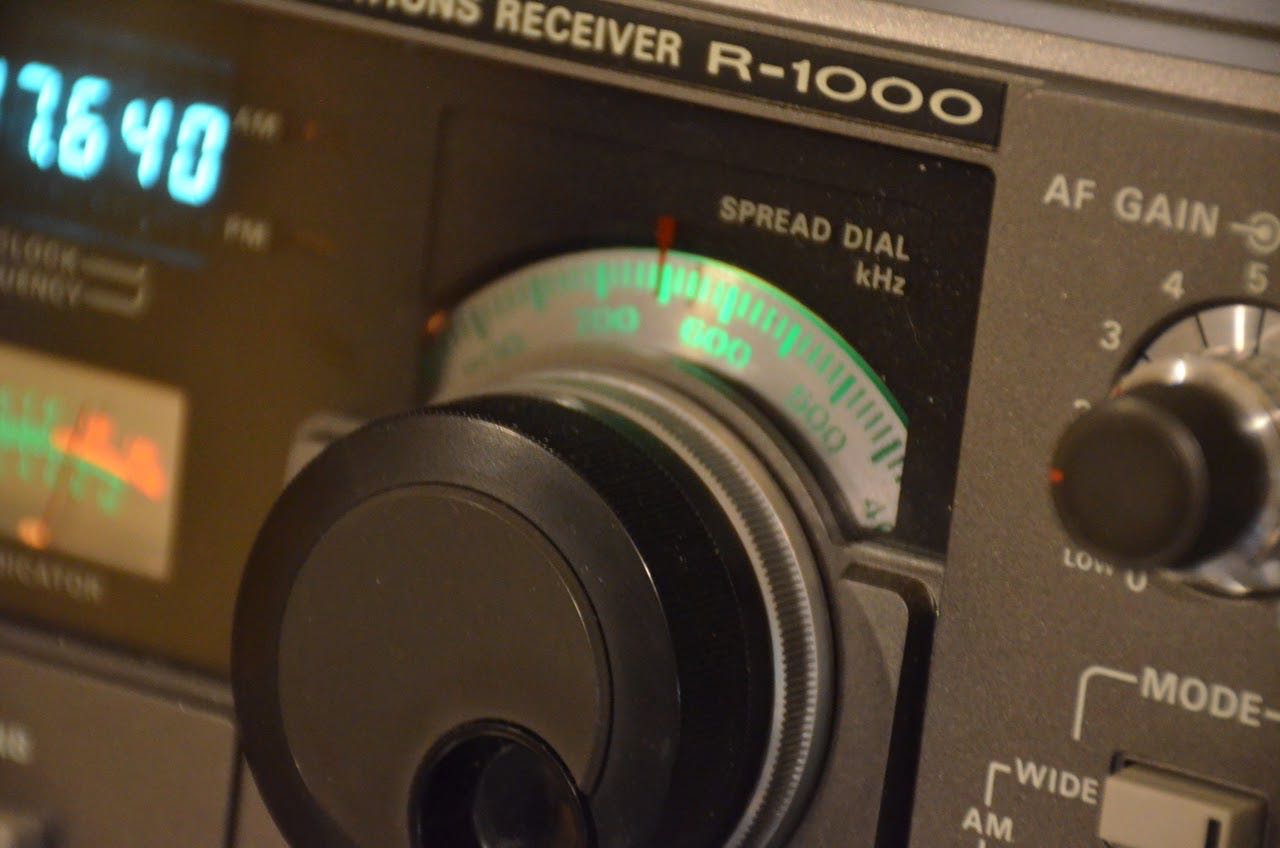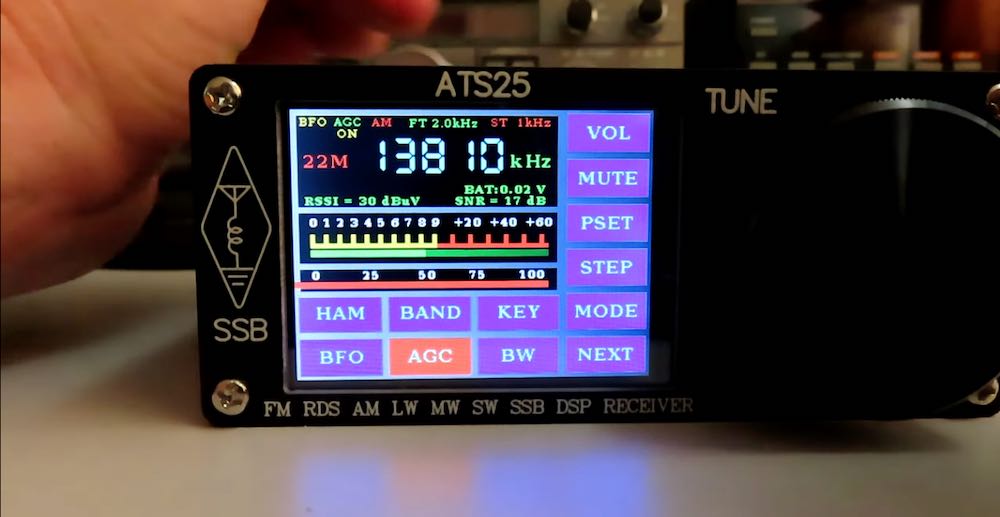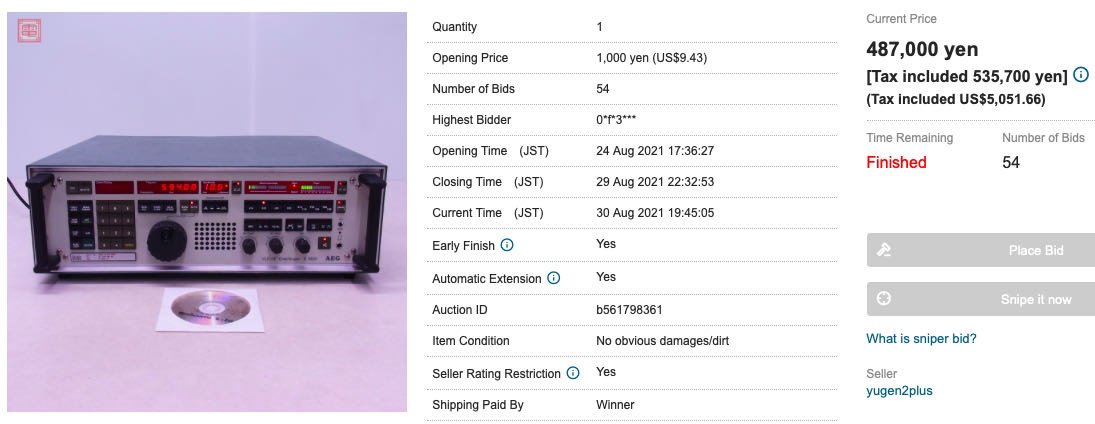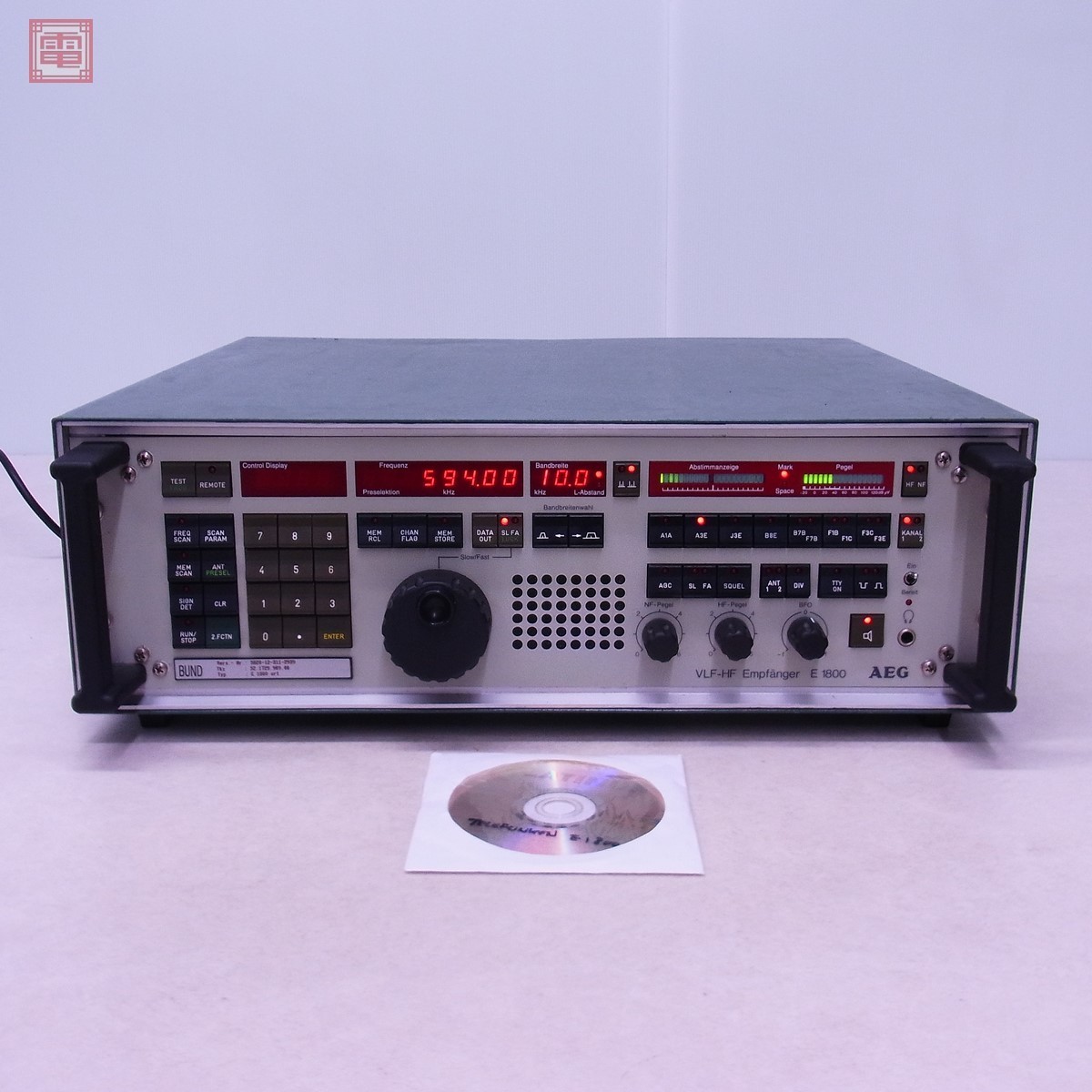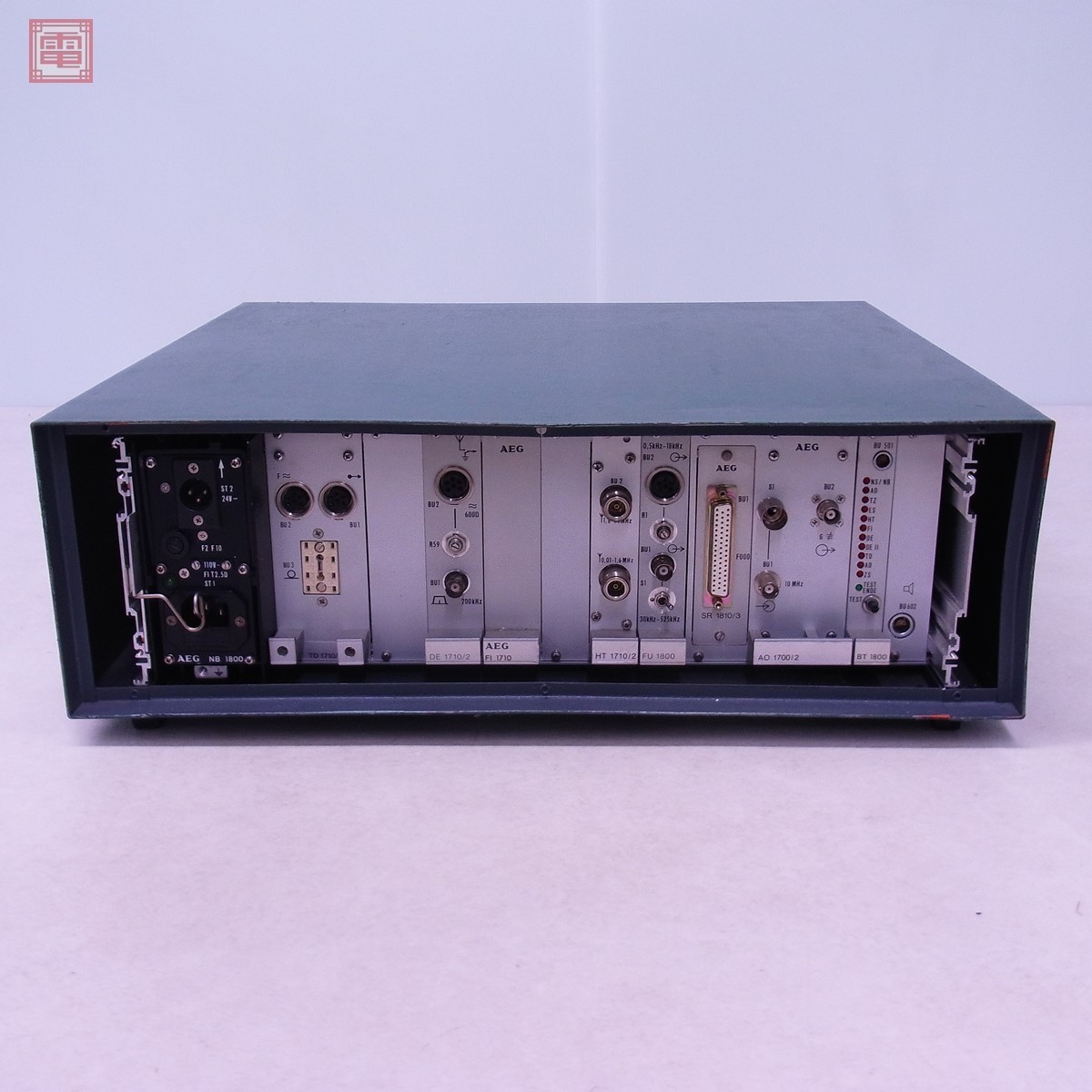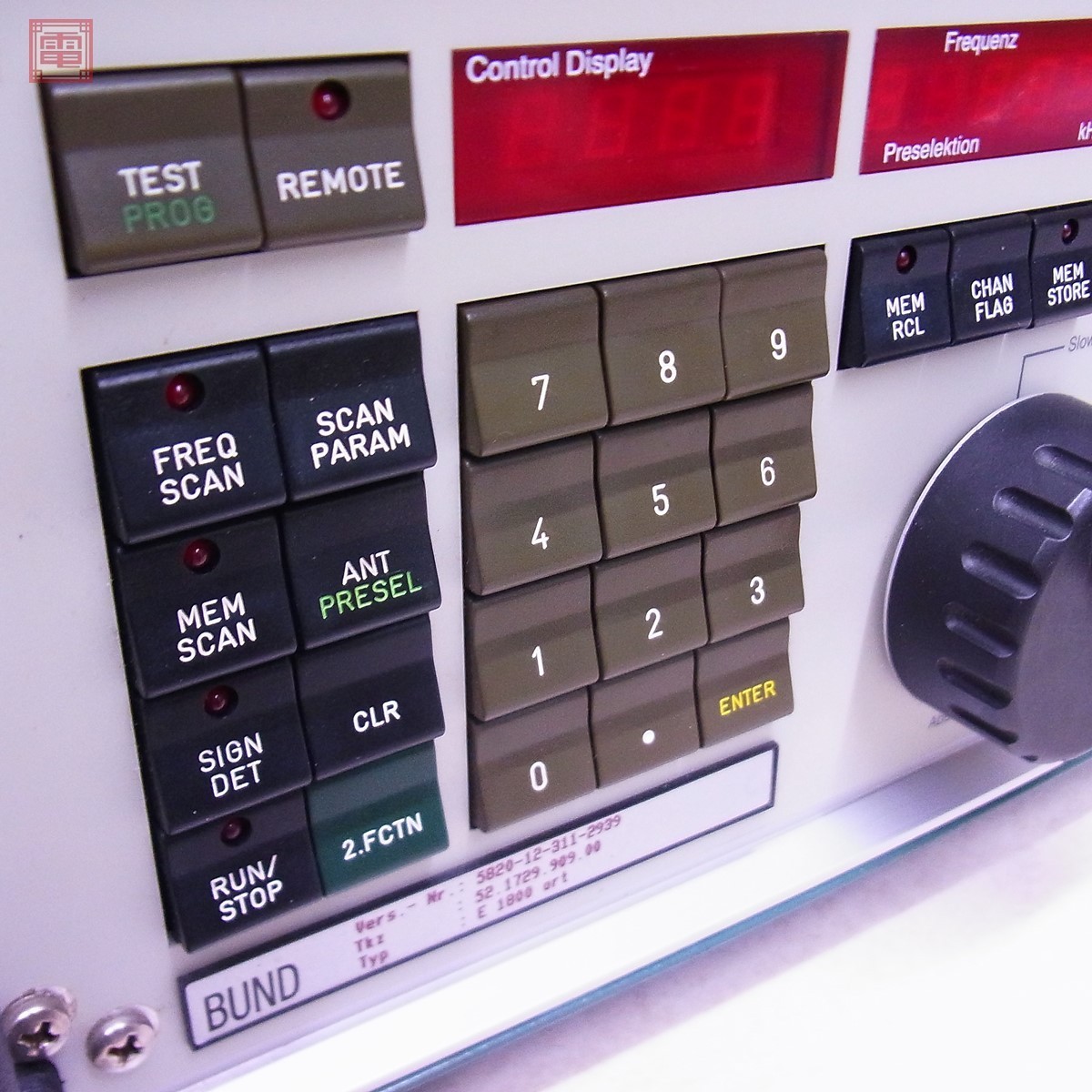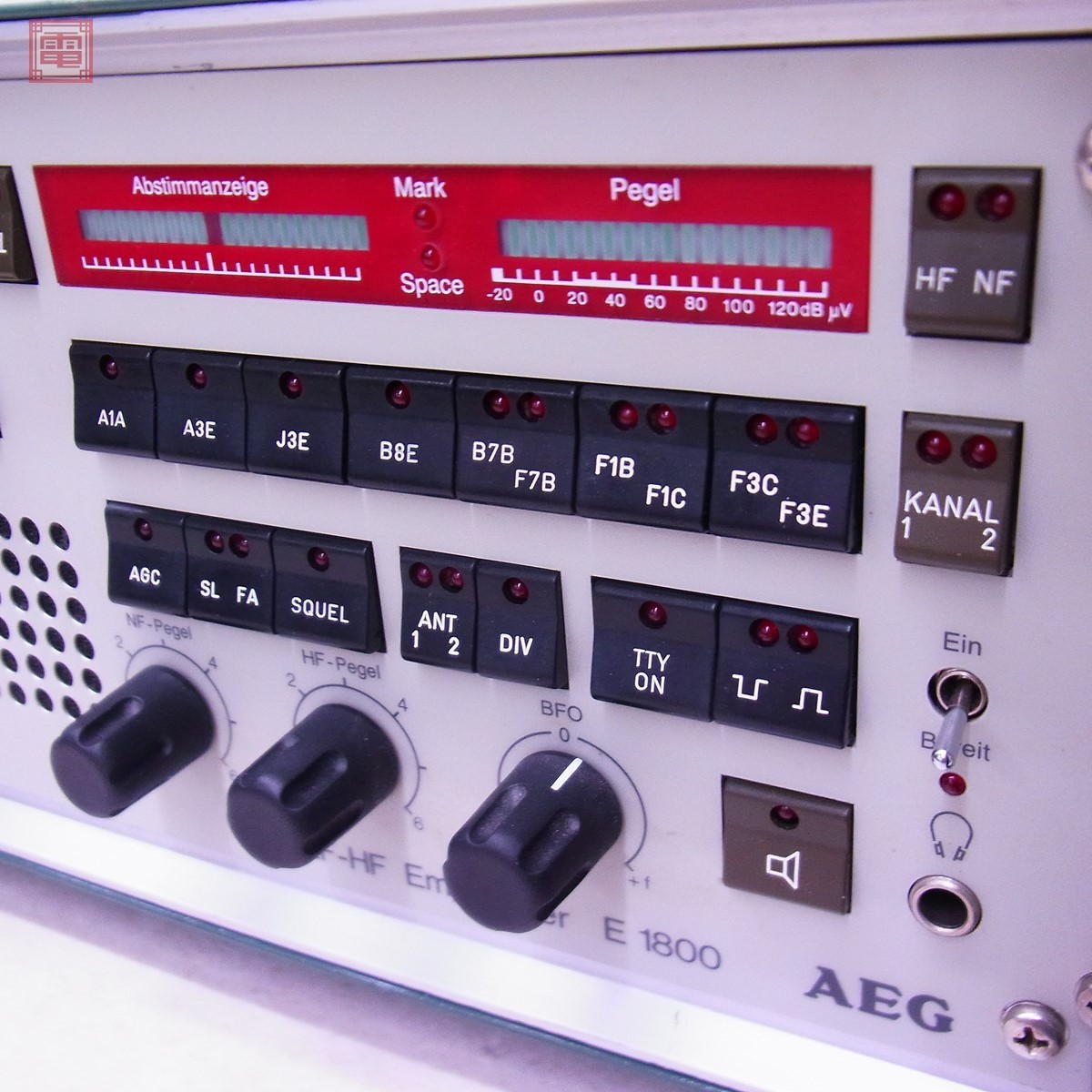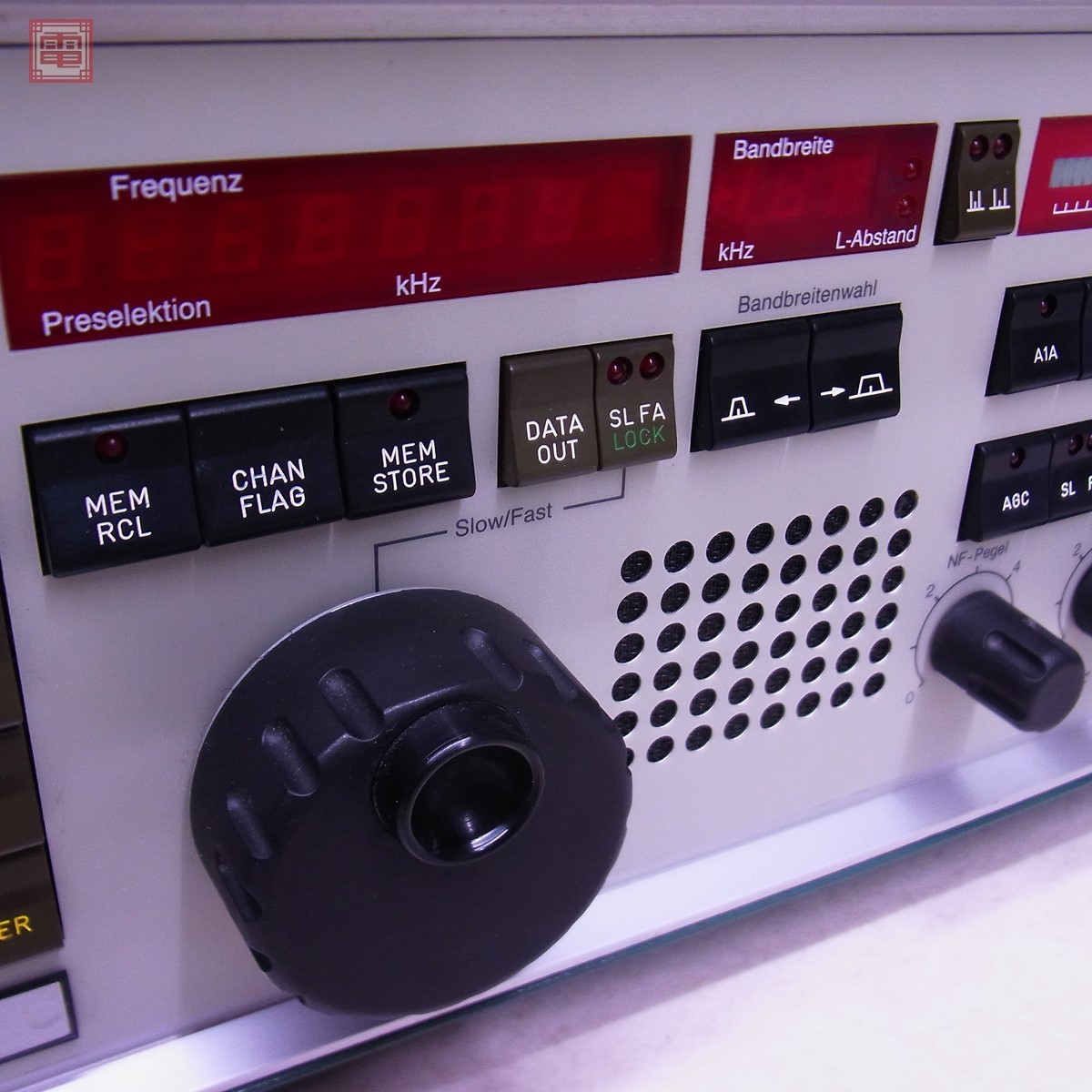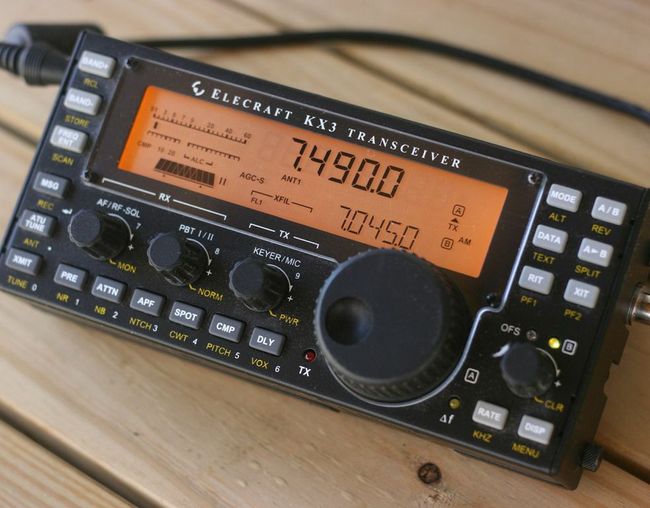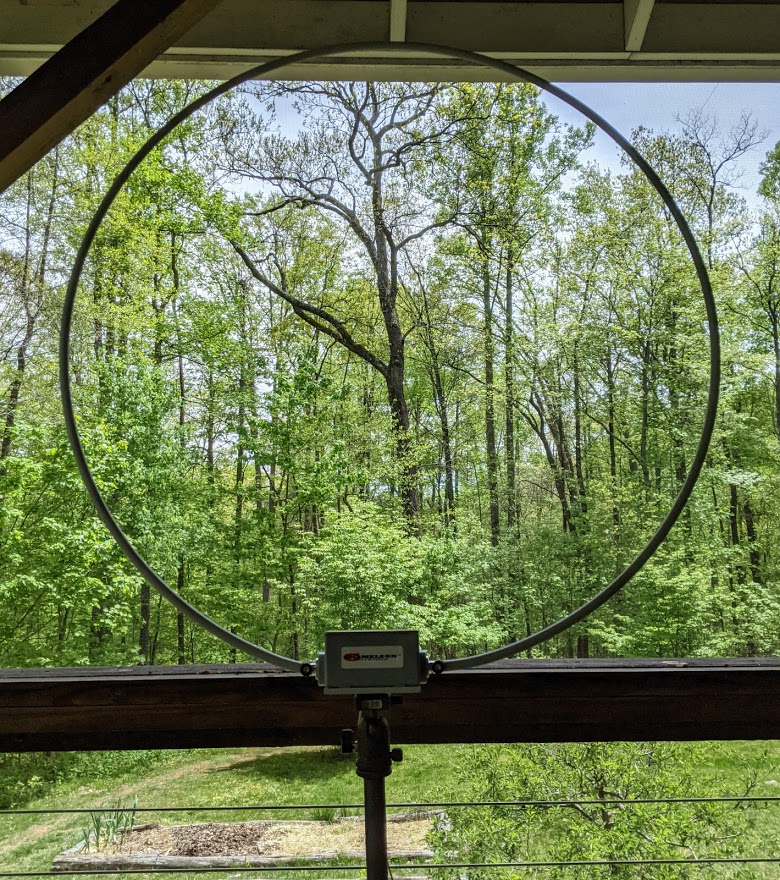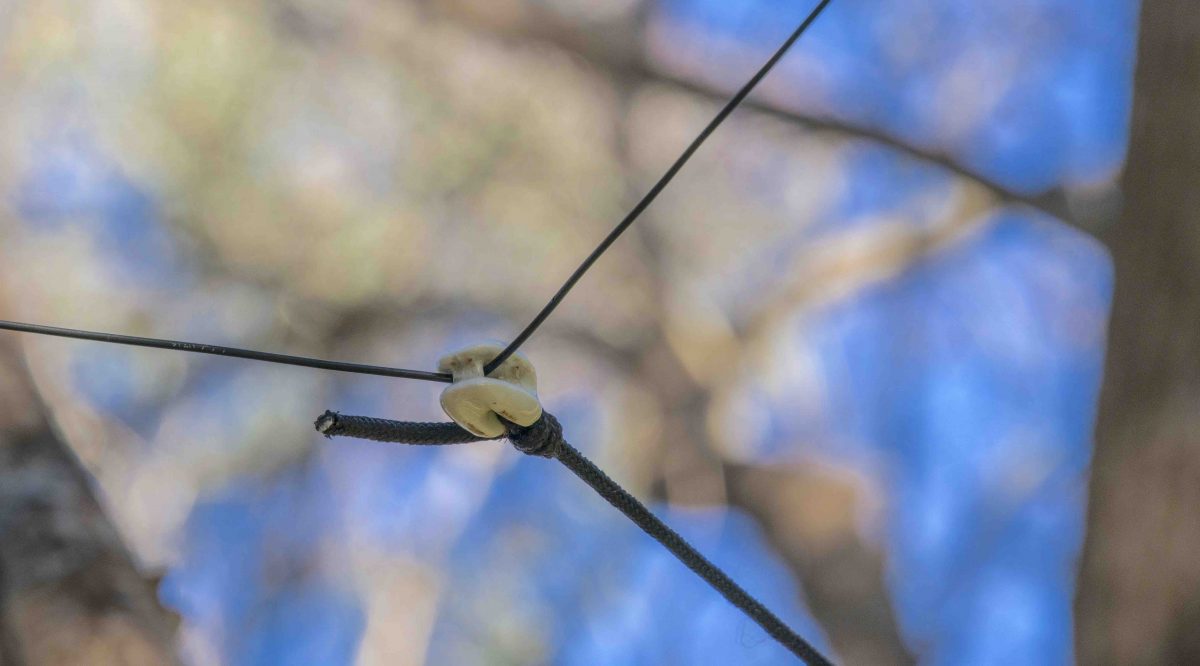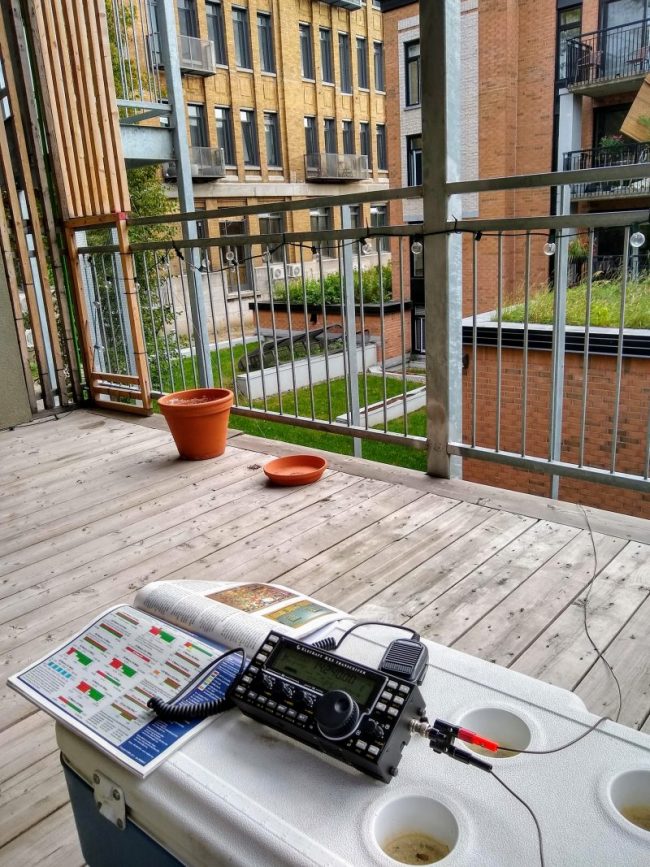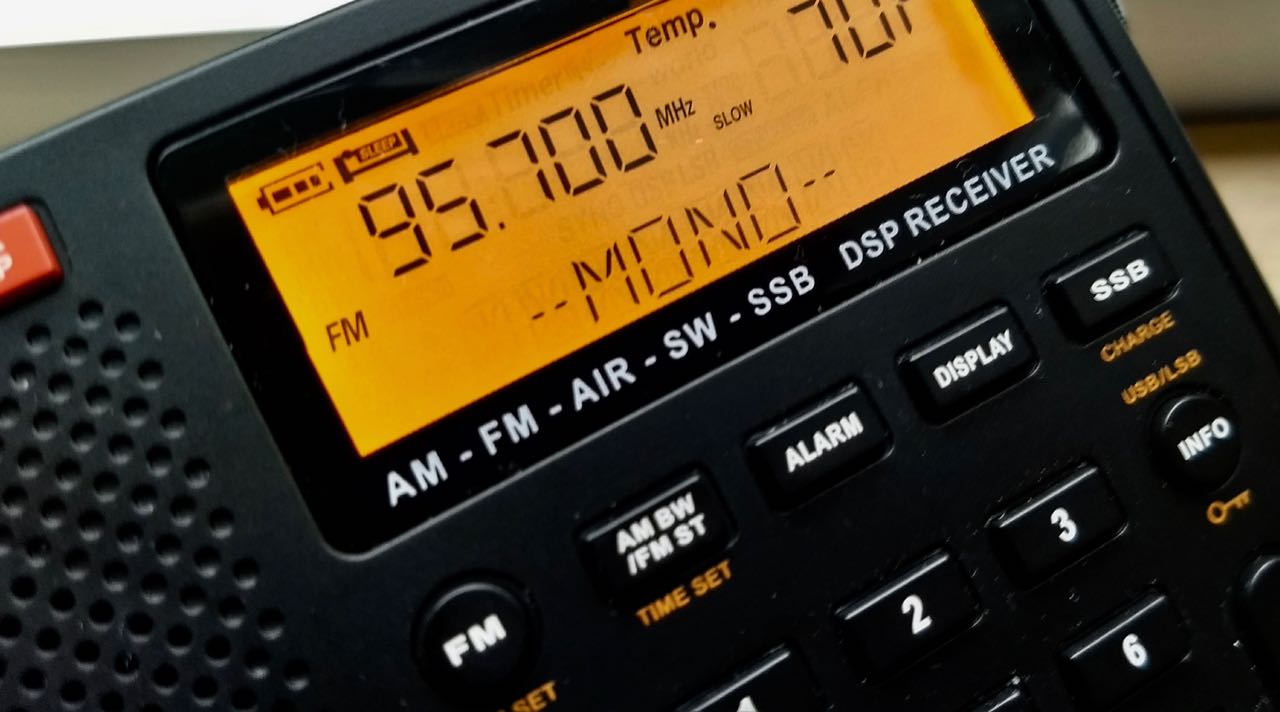
Radio Waves: Stories Making Waves in the World of Radio
Because I keep my ear to the waves, as well as receive many tips from others who do the same, I find myself privy to radio-related stories that might interest SWLing Post readers. To that end: Welcome to the SWLing Post’s Radio Waves, a collection of links to interesting stories making waves in the world of radio. Enjoy!
Many thanks to SWLing Post contributors Dennis Dura, Troy Riedel, Dan Van Hoy, and the Southgate ARC for the following tips:
Had the pandemic not upended many of this summer’s fun and games, many of my friends would have made a trip to the MCH hacker camp in the Netherlands earlier this month. I had an idea for a game for the event, a friend and I were going to secrete a set of those low-power FM transmitters as numbers stations around the camp for players to find and solve the numerical puzzles they would transmit. I even bought a few cheap FM transmitter modules from China for evaluation, and had some fun sending a chiptune Rick Astley across a housing estate in Northamptonshire.
To me as someone who grew up with FM radio and whose teen years played out to the sounds of BBC Radio 1 FM it made absolute sense to do a puzzle in this way, but it was my personal reminder of advancing years to find that some of my friends differed on the matter. Sure, they thought it was a great idea, but they gently reminded me that the kids don’t listen to any sort of conventional broadcast radio these days, instead they stream their music, so very few of them would have the means for listening to my numbers stations. Even for me it’s something I only use for BBC Radio 4 in the car, and to traverse the remainder of the FM dial is to hear a selection of easy listening, oldies, and classical music. It’s becoming an older person’s medium, and it’s inevitable that like AM before it, it will eventually wane.
There are two angles to this that might detain the casual hacker; first what it will mean from a broadcasting and radio spectrum perspective, and then how it is already influencing some of our projects. [Continue reading…]
Strange behavior caught by two radio observatories may send theorists back to the drawing board.
Fourteen years ago, the first fast radio burst (FRB) was discovered. By now, many hundreds of these energetic, millisecond-duration bursts from deep space have been detected (most of them by the CHIME radio observatory in British Columbia, Canada), but astronomers still struggle to explain their enigmatic properties. A new publication in this week’s Nature “adds a new piece to the puzzle,” says Victoria Kaspi (McGill University, Canada). “In this field of research, surprising twists are almost as common as new results.”
Most astronomers agree that FRBs are probably explosions on the surfaces of highly magnetized neutron stars (so-called magnetars). But it’s unclear why most FRBs appear to be one-off events, while others flare repeatedly. In some cases, these repeating bursts show signs of periodicity, and scientists had come up with an attractive model to explain this behavior, involving stellar winds in binary systems.
However, new observations by European radio telescopes may rule out this model.
Astronomers knew that FRB 20180916B, located in a galaxy some 475 million light-years away, produces multiple bursts about every 16 days, during a ‘window’ that lasts for a few days. “The idea was that the magnetar is part of a binary system with a 16.29-day period,” says Inés Pastor-Marazuela (University of Amsterdam), the first author of the new paper. If the companion star had a thick stellar wind that absorbs radio waves, the bursts would only be visible when the magnetar was on ‘our’ side of the orbit, she explains. [Continue reading…]
Iceland’s IRA reports on August 24 Karl Georg Karlsson TF3CZ connected a new receiver over the internet covering 24-1800 MHz
A translation of the IRA post reads:
QTH is Perlan in Öskjuhlíð in Reykjavík. These are Airspy R2 SDR receivers for 24-1800 MHz (on VHF and UHF). The antenna is a Diamond D-190.
Karl Georg stated the following on FB:
The extension is not just for 2m, it can only be on one band at a time. So if one user switches, others who are connected also move between bands. (However, you can listen to each frequency within the same band). The receiver automatically tunes to APRS QRG 144.800 MHz, see the APRS website: http://SDR.ekkert.org/map
URL of the receiver
http://perlan.utvarp.com/#freq=24890000,mod=usb,sql=-150
Thanks to Karl Georg for his valuable contribution. This is an important addition for radio amateurs who experiment in these frequency ranges, as well as listeners and anyone interested in the spread of radio waves.
IRA Board
Source Iceland’s national amateur radio society, the IRA
https://tinyurl.com/IcelandIRA
The nearly 2000 foot tower utilized by Cumulus Media Alternative “Alt 92.3” WZRH LaPlace and iHeartMedia Variety Hits “104.1 The Spot” KVDU Houma LA was toppled by the winds of Hurricane Ida.
The 1999 foot structure was constructed in 1988 to host both signals. Only the bottom 150 to 200 feet remain standing. Both stations are licensed to operate with 100kW/591m, but have low powered auxiliary sites in downtown New Orleans. WZRH is located on the roof of Place St. Charles with 630w/200m. KVDU is on the Hancock Whitney Center with 1.2kW/220m.
In addition to KVDU, iHeartMedia Gospel 940 WYLD is silent at its cluster. The company reports that the remainder of its signals are now operational after all but 93.3 KQUE and 98.5 WYLD-FM were off the air on Monday.
Cumulus Media states that its entire cluster of WZRH, Adult R&B 102.9 KMEZ Belle Chasse, Country “106.1 Nash-FM” WRKN Picayune MS, and Hot AC “106.7 The Krewe” KKND Port Sulphur LA are off the air. [Continue reading…]
Do you enjoy the SWLing Post?
Please consider supporting us via Patreon or our Coffee Fund!
Your support makes articles like this one possible. Thank you!

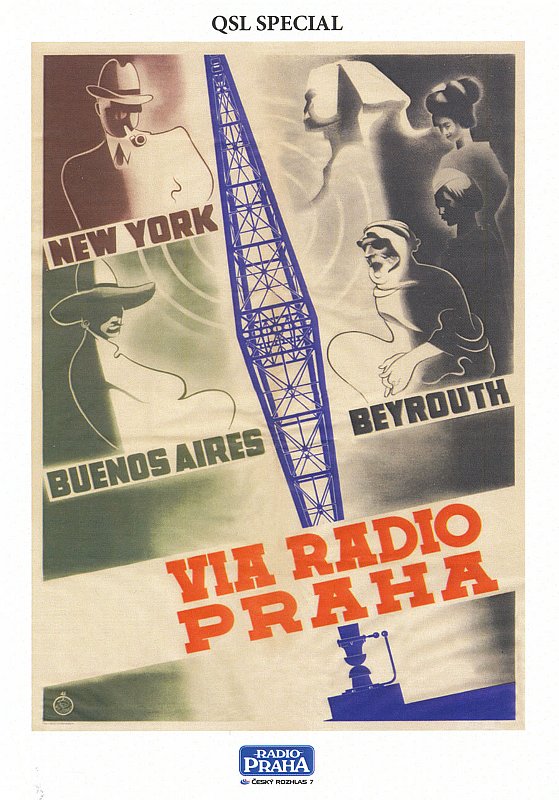 Many thanks to SWLing Post contributor, Jonathan Marks, who recommends this video tour of the Czech Radio Building from Radio Prague’s Facebook page.
Many thanks to SWLing Post contributor, Jonathan Marks, who recommends this video tour of the Czech Radio Building from Radio Prague’s Facebook page.




